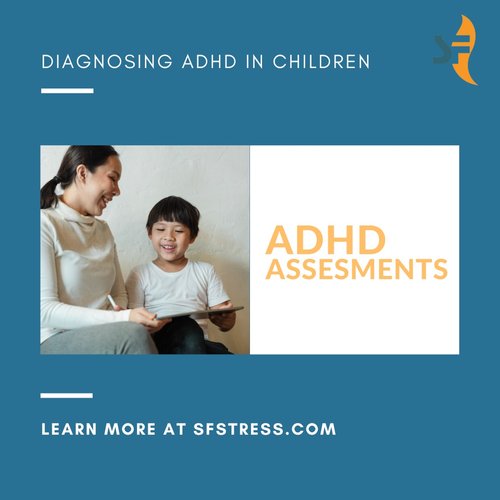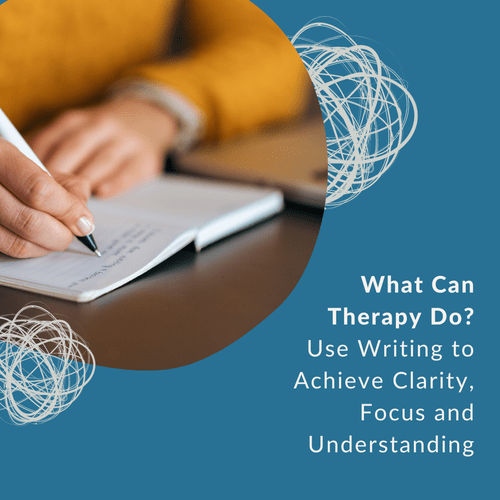Recognizing the Warning Signs of Stress Burnout
In today’s fast-paced world, stress has become an all-too-familiar companion in our lives. When stress becomes chronic and overwhelming, it can lead to burnout—a state of emotional, physical, and mental exhaustion. Recognizing the signs of stress burnout is crucial for maintaining our well-being and preventing its detrimental consequences. In this blog, we will explore the key indicators of stress burnout and offer insights into how we can regain balance and vitality.
1. Physical Exhaustion
One of the primary signs of stress burnout is a profound sense of physical exhaustion that persists even after adequate rest. The body’s constant exposure to stress hormones can disrupt sleep patterns, leaving individuals feeling fatigued and drained throughout the day. Frequent headaches, muscle tension, and unexplained aches may also manifest as physical manifestations of burnout.
2. Emotional Detachment
Chronic stress can lead to emotional detachment, characterized by a feeling of emotional numbness or a lack of enthusiasm for activities once enjoyed. Individuals experiencing burnout may find it challenging to connect with others on an emotional level, leading to a sense of isolation and loneliness.
3. Decreased Productivity and Motivation
Stress burnout can take a toll on our cognitive abilities, impairing our focus, memory, and decision-making skills. As a result, productivity at work or in daily tasks may decline, and individuals may find it challenging to maintain their previous levels of motivation.
4. Persistent Negativity and Cynicism
Prolonged exposure to stress can foster a negative outlook on life and the world around us. Those experiencing burnout may become increasingly cynical, finding it hard to see the positive aspects of situations or people. This negative mindset can further perpetuate the cycle of stress and burnout.
5. Withdrawal from Social Interactions
A common sign of stress burnout is withdrawing from social interactions and avoiding gatherings or activities that were once enjoyable. Social isolation can exacerbate feelings of loneliness and exacerbate emotional exhaustion.
6. Changes in Appetite and Sleep Patterns
Stress burnout often disrupts our typical routines, leading to changes in appetite and sleep patterns. Some individuals may experience an increase in emotional eating, leading to weight fluctuations, while others may encounter sleep disturbances like insomnia or oversleeping.
7. Reduced Sense of Accomplishment
As burnout progresses, individuals may start feeling ineffective and experience a reduced sense of accomplishment. Even small tasks may seem insurmountable, contributing to a cycle of self-doubt and further stress.
8. Increased Irritability and Impatience
Stress burnout can manifest as heightened irritability and impatience, causing individuals to become more easily frustrated with themselves and others. These emotional outbursts can strain relationships and exacerbate the feelings of detachment.
9. Neglecting Self-Care
When overwhelmed by stress, self-care activities like exercise, hobbies, or spending time with loved ones may take a back seat. Neglecting self-care further depletes emotional reserves and hampers the ability to cope with stress effectively.
10. Weakened Immune System
Prolonged stress can suppress the immune system, making individuals more susceptible to frequent illnesses and infections. Frequent colds or infections may be indicative of chronic stress taking a toll on the body’s defense mechanisms.
Takeaway
Stress burnout is a pervasive issue that affects countless individuals worldwide, but it is essential to recognize the warning signs before it takes a severe toll on our well-being. Identifying the signs of stress burnout empowers us to take proactive measures to replenish our physical, emotional, and mental health. Engaging in self-care practices, seeking support from loved ones or professionals, and setting realistic boundaries are crucial steps in breaking the cycle of stress burnout and restoring balance to our lives. If you are experiencing any of the signs mentioned above contact us today to speak with our Care-Coordinator, who can match you with one of our expert clinicians. Remember, prioritizing our well-being is not a luxury but a necessity for leading a fulfilling and sustainable life.











